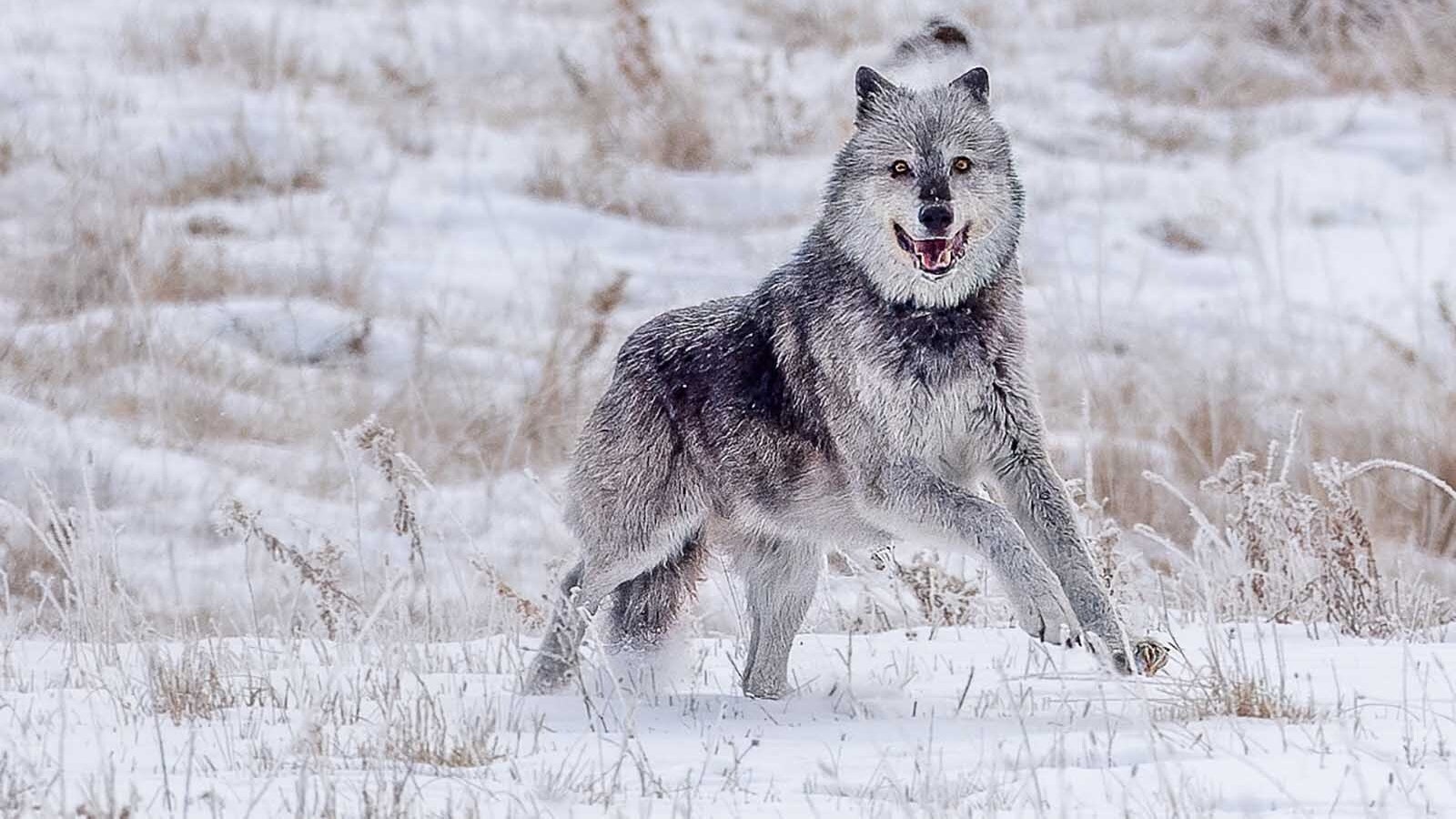A global war is raging between giant hornets and bees, with hornets ripping bees’ heads off and bees responding by roasting the hornets alive.
But if you’re stoked to grab a lawn chair and some popcorn and getting a front-row seat to some merciless insect-on-insect carnage in Wyoming come summer, there’s some bad news.
It’s highly unlikely Wyoming bees will clash with hornets in battle here. Crushing invasive mites is about as violent as Wyoming’s bees are going to get, at least for now.
‘Too Cold Here’
When Cheyenne beekeeper Michael Jordan was asked whether he’s concerned about giant Asian hornets showing up and starting pitched battle with his honeybees, his answer was short and sweet.
“Nope. Too cold here,” he said.
Jordan, known as the “Bee Whisperer,” is CEO and founder of A BEE Friendly Co. and is frequently featured on the popular “Survival Podcast.”
However, Wyoming has a problem with invasive Varroa mites, University of Wyoming Extension Entomology Specialist Scott Schell told Cowboy State Daily.
Those nasty little buggers actually “feed on the bodies of honeybees” while the bees are still alive, he said.
And the mites carry viruses that can cause devastating disease outbreaks in beehives.
However, over time, bees are adapting and learn to fight back.
“They (bees) don’t have really sharp mandibles, but they have mandibles that can crush the mites, and then they can throw them out of the hive, Schell said.
Japanese Bees Battle Back
Bees and Asian hornets are enemies going way back. Hornets will go on raids, seeking bee flesh and honey. They’ll catch bees in mid-air near their hives, killing them by decapitation, or ripping them limb-from-limb.
Bees in places like Japan are adapted to it and have developed some nasty tactics of their own.
When a giant hornet scout shows up at the entrance of a beehive, the bees will be nonchalant and try to lure the hornet inside.
Once the hornet’s inside, the bees go on the offensive. They swarm the hornet, and then start shivering, just as they do to stay warm during the winter.
“Just like our muscles do, a bee’s flight muscles produce heat when they shiver,” Schell said.
It’s a simple tactic, but brutally effective. Because bees’ heat tolerance is about 2 degrees higher than that of hornets, the bees end up literally roasting their enemies alive.
Hornets Hit Hard In Europe, U.S.
The problem for bees is that, thanks to human commerce, giant Asian hornets are showing up in places where bees aren’t adapted to them, places where bees don’t yet know the time-honored Japanese bee battle tactics.
The hornets have taken a terrible toll on bees in Europe. And they’ve also shown up in some U.S. states, such as Georgia.
One particularly huge variety, the dreaded Japanese “murder hornets,” have gained a foothold in the Pacific Northwest.
But it’s just too dry and cold in Wyoming for those hornet species to migrate and set up colonies here, Schell said.
Meanwhile, the European bees are learning to fight back on their own in the wild. Or, in some cases bred and conditioned by beekeepers to adopt defensive mechanisms like the swarm-shiver-and-roast tactic.
One European wild species, the buff-tailed bubble bee, has come up with a creative tactic, according to researcher’s reports. When attacked by hornets in mid-air, the bumblebees will just stop their wings and drop like stones to the ground.
And once they’re on the ground, the bumblebees flop onto their backs, stinger up – making it all but impossible for the hornets to kill them.
‘Hygienic’ Habits
When it comes to mites invading hives in Wyoming, there was some hope placed in insecticides that “hopefully, don’t kill the bees, but that will kill the mites,” Schell said.
The problem with that approach is the mites can also develop resistance to insecticides.
A better answer seems to be conditioning bees to “hygienic behavior,” he said.
Briefly put, if a new, invasive species like the Varroa mites show up, the bees might not recognize it as a threat. So, the trick is to get the bees to see the mites as a deadly threat, and clean their hives of the parasites.
“With insects their intelligence is basically like programing,” Schell said, so bees can be programed, so to speak, to react to the unfamiliar mite species as a threat.
“It’s an ongoing problem, and we’ll probably never get rid of them (the mites), but we can select the honey bees that have the behaviors that can help them control he mites,” he said.
For now, things are looking better for Wyoming’s bees, he added. Like every other creature that lives here, they’re tough and adaptable.
“That’s the thing about them, they’re able to cope with a lot of environmental stresses,” Schell said.

Mark Heinz can be reached at mark@cowboystatedaily.com.





